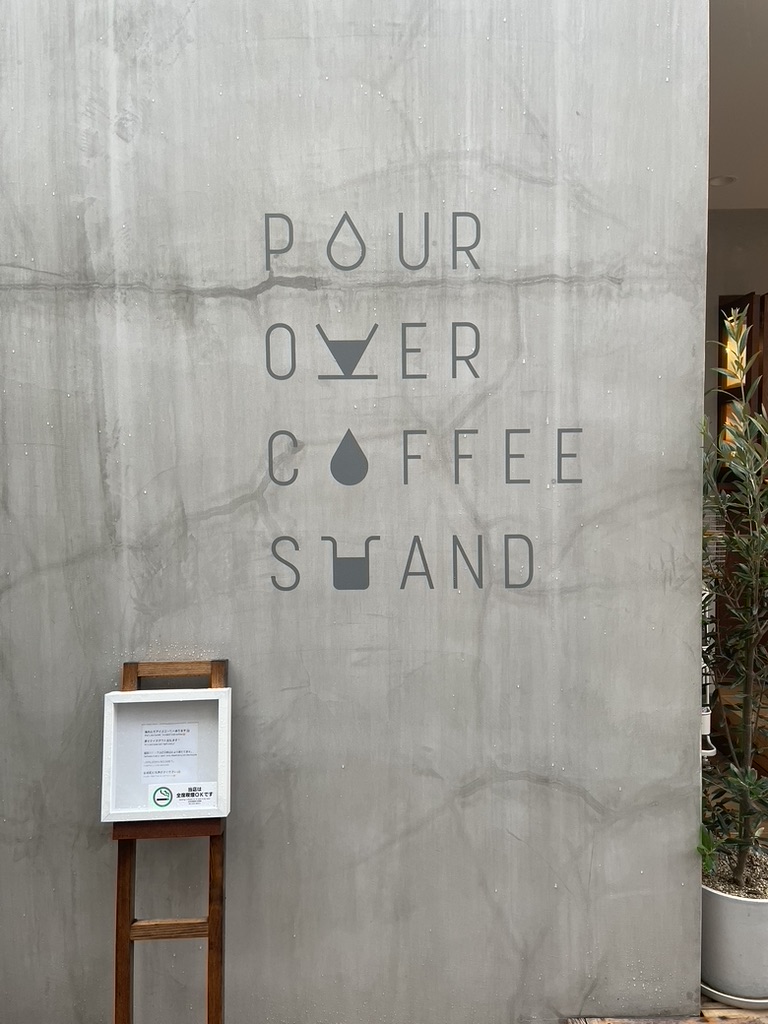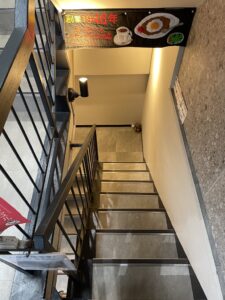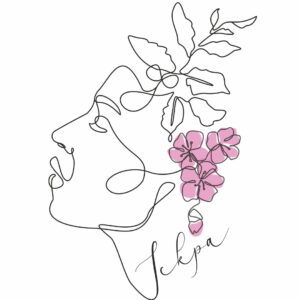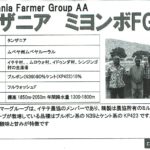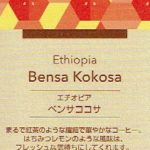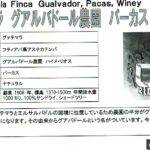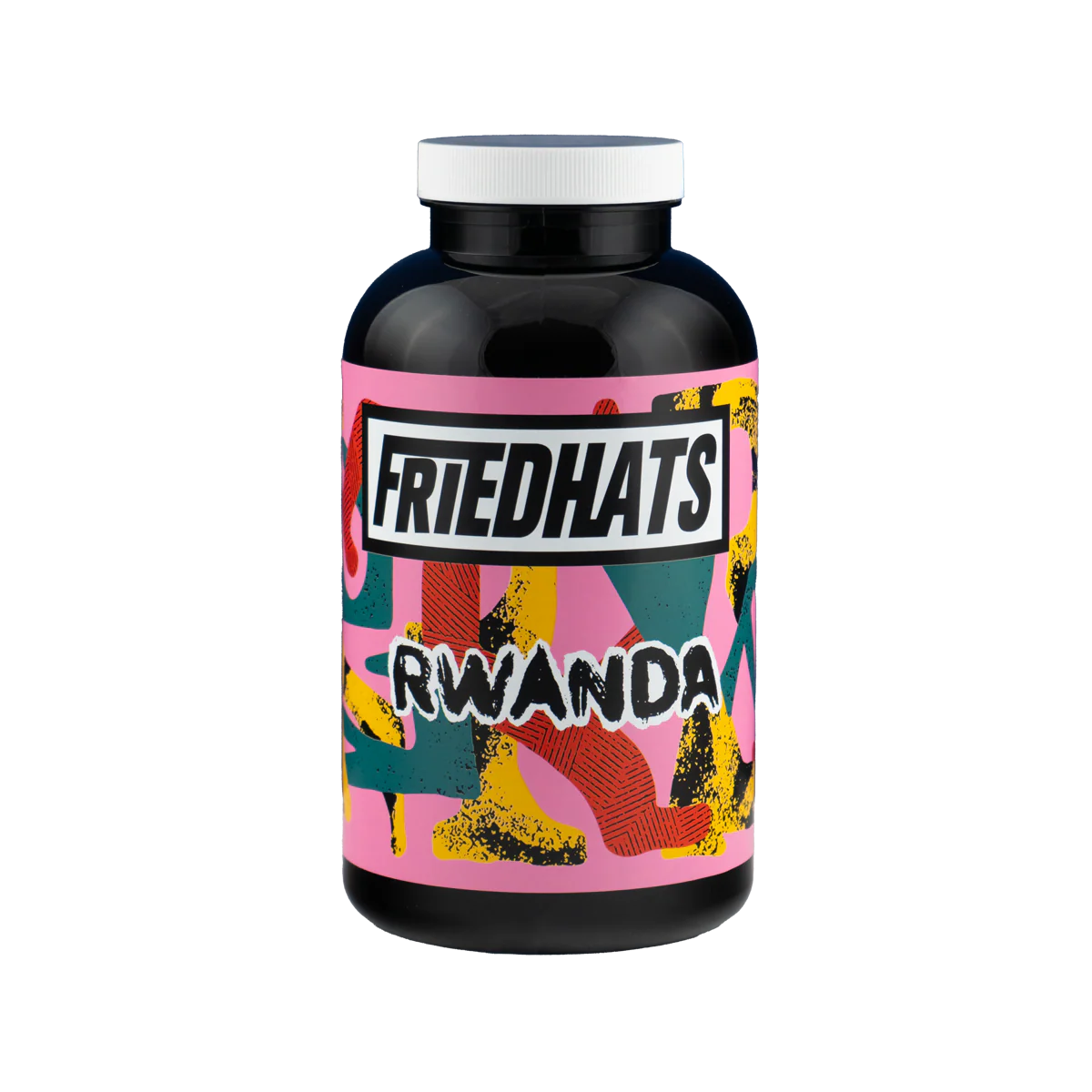
Friedhats Coffee Roasters ルワンダ ギテシです。
Friedhats Coffee Roasters フライドハッツ コーヒー ロースターズは、オランダ北ホラント州アムステルダムにあるスペシャルティコーヒーロースターです。
ルワンダ ギテシ
ギテシ ウォッシング・ステーション
ギテシ ウォッシング・ステーション(Gitesi CWS)(Gitesi Washing Station)は、ルワンダ(Rwanda)西部州(Western Province)カロンギ県(Karongi District)ギテシ地区(Gitesi Sector)に位置するコーヒー・ウォッシング・ステーション(CWS)です。
オーナーはアレクシス・ガヒジ(Alexis Gahizi)、アイメ・ガヒジ(Aime Gahizi)の親子です。
ギテシ ウォッシング・ステーション(Gitesi CWS)は、2005年に建設され、翌年から稼働しました。開業当初は運営を維持するのに苦労しましたが、2010年に黒字化を達成しました。
ギテシ ウォッシング・ステーション(Gitesi CWS)には、1,800人以上の地元農家がチェリーを納品しています。
品種
品種はレッド・ブルボン(Red Bourbon)です。
精製方法
精製方法はウォッシュト(Washed)です。
Friedhats Coffee Roasters ルワンダ ギテシ
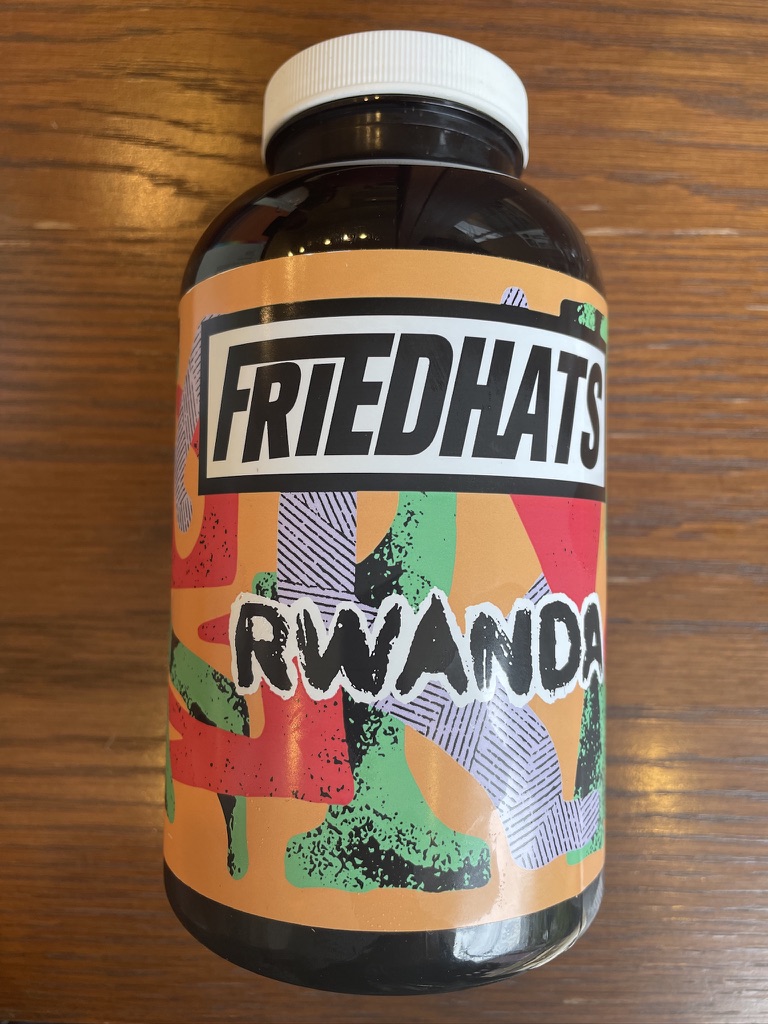
Ever had potato in your coffee? If you had, you would remember, but for those who haven’t: You didn’t drink enough coffee from Rwanda. No problem, just keep going, you’ll get lucky at some point, or not, if you’re lucky. But remember, you’re not a real barista until you’ve tasted the potato, a defect caused by an insect called the Antestia bug. It’s called potato defect because it literally makes the coffee taste and smell like a freshly peeled potato.
One bean can be enough to ruin your whole cup. Luckily we don’t taste as many potatoes in our Rwandans as we used to. Most likely due to improved farming and processing techniques. - Read Less
The Gitesi washing station is a good example, located in the Gitesi sector of Rwanda’s western province, owned and run by father and son: Alexis and Aime.
It’s a well run washing station with strict protocols for cherry and bean sorting which is important to minimize the risk of potato and other defects.
They get cherries delivered from over 1800 farmers in the area. After receiving they get placed in a tank full of water to remove the floating (low quality) cherries. Afterwards pulp and 70% of the mucilage is removed and the beans are dry fermented for around 12 hours. They then move them through channels with water to wash them and to remove the floating beans of low quality. After that the beans are soaked for 16 hours and put onto drying beds for more sorting while still wet.
The beans are dried in parchment for around 15 days on raised beds and sorted once more.
These processing steps are crucial to bring out the potential of Rwandan coffee and, of course, to have less potatoes.
Ok cool, but what does it taste like?
We always find Rwandan coffee to have a similar cup profile to Kenyan coffee, but that could also be the other way around, who knows. But Rwanda (in our opinion) usually has a bit less acidity, a bit more sweetness and can be a bit more creamy. Maybe why usually our Rwandan coffees are more popular for espresso. This Gitesi is bright, juicy with notes of fig jam, peach and oolong tea.
Friedhats Coffee Roasters
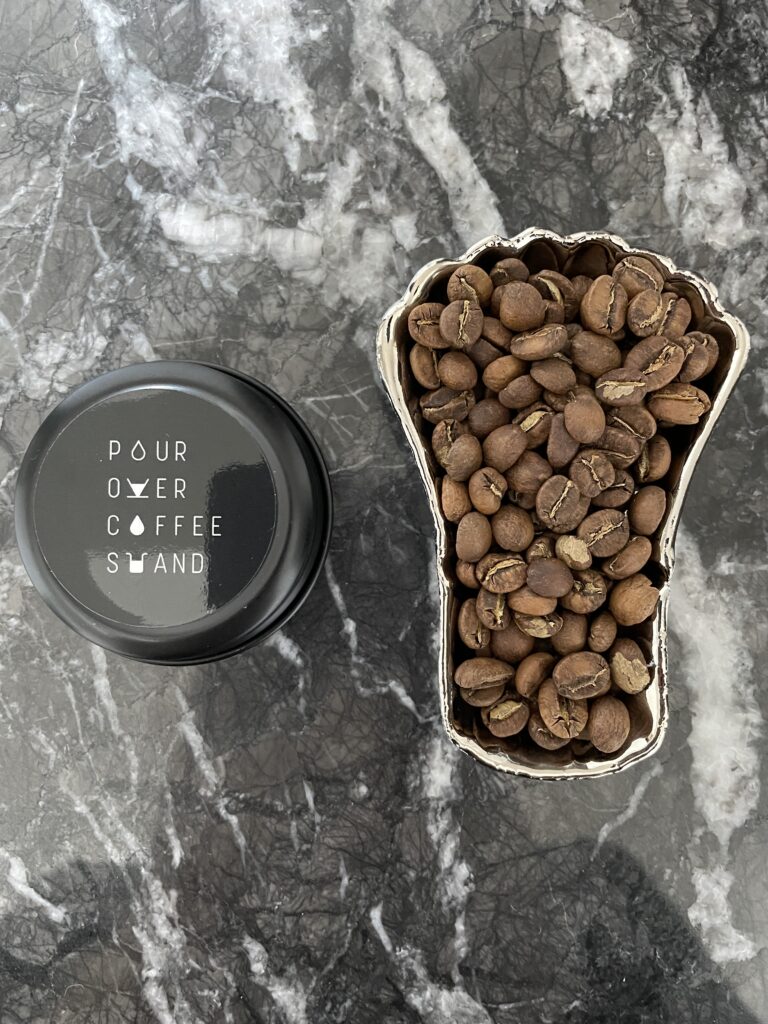
味
赤果実系のジャムのようなフレーバーと優しい甘さ、土っぽいニュアンスのある味わいです。

